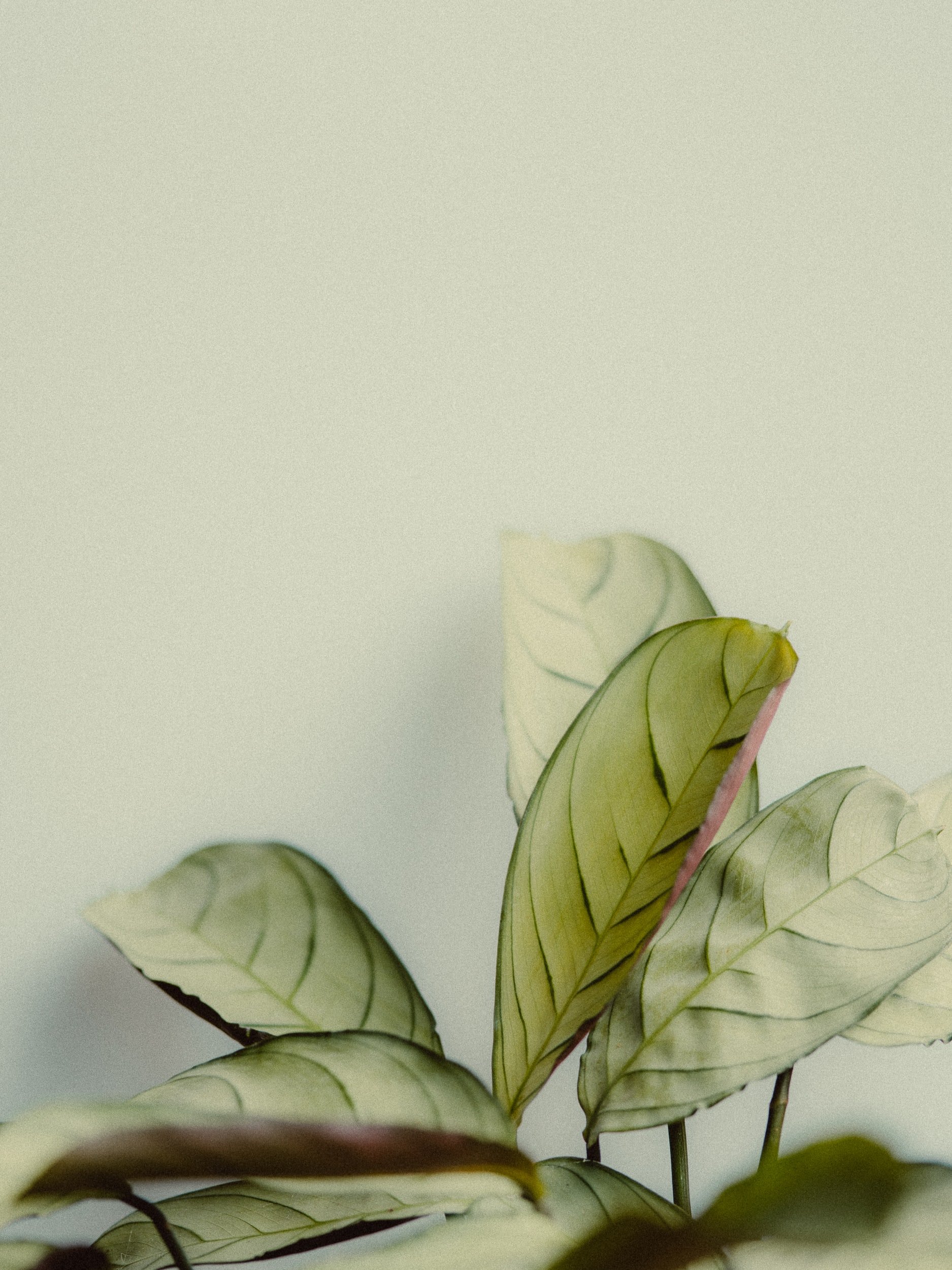
Fall Houseplant Care
As the seasons change, so do your plant’s needs. Indoor plants are affected by outdoor changes. Here’s how you should care for your plants when the temperatures cool down and the days shorten.
The weather changes during autumn can be dramatic from day to night. Modifying light and watering, as well as overall plant care, will make the seasonal change as smooth as possible.
-
Move your plants indoors
If you moved any of your plants outside for the summer, it’s time to bring them back in! You’ll want to move sensitive houseplants back inside before temperatures dip below 50°F at night. Hardier plants like cactus and citrus can handle night-time temperatures into the mid-upper 40’s. Be sure to check your plants for pests they might have picked up outside. If you have a garden hose, give them a thorough shower and once dry, spray their leaves with neem oil or Triple Action spray. Adding a systemic insecticide to the soil will help in the long run as well.

-
Keep light levels up
Pay close attention to the light your plants are getting. During autumn the days are shorter, and the angle of the sun is changing. Some of your indoor plants might need to be moved to a new place to get the same amount of sunlight they did spring and summer. You could group your succulents together on a windowsill. Rotating your plants once a week helps to ensure balanced growth.
If you home is lacking in natural sunlight, don’t worry! Add a grow light to keep your plants thriving no matter the season.

-
How often should I water?
You’ll find yourself needing to water less often as the days get shorter. Your houseplants are getting less light and growing more slowly. Some may even go dormant come winter. For instance, a ZZ Plant might need to be watered every 6 weeks in the fall and winter, compared to every 3 weeks in the summer. Always check the moisture before watering. Moisture meters are handy tools to have around!

-
How do I increase humidity?
The air indoors is going to be much drier, so if you’re watering less, you might want to use a humidifier to increase the humidity levels. Many common houseplants are tropical plants that prefer a humid environment. Humidifiers are also great for the air we breathe and good for our skin too. Try grouping like-plants together and placing pebbles in an oversized saucer to increase humidity.
Avoid any extreme changes in temperature—don’t put your plants near a heating vent or in places there might be a cold draft, like next to an outside door. Sudden hot and cold drafts can cause stress to a houseplant.

-
Should I fertilize?
Foliage growth slows down considerably during the fall and winter months, so you don’t need use any fertilizer until next spring when growing season begins again. All they need is appropriate light and water to sustain them through winter.

-
Yellowing leaves?
When bringing houseplants inside, or even from our greenhouse, they may begin to drop some leaves. This is perfectly normal, as they are adjusting to the lower light levels of being indoors. Don’t worry! Even if your plants are always inside this can happen. Less light equals less energy to sustain all their foliage. Remove any yellowing leaves and wait for the new leaves to reappear.

-
Time to repot?
Spring and summer are the ideal times to repot your houseplants. If it is a dire situation, like a broken pot or lack of soil, repotting with care can be done as needed. Handle the roots delicately and consider using a root stimulator in order to reduce transplant shock during the shorter days.


